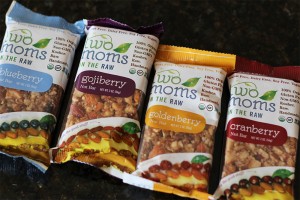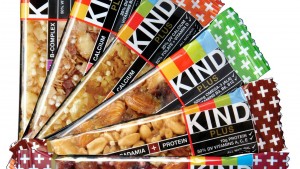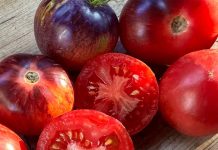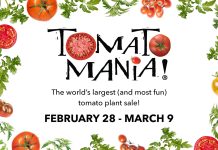 The ability for humans to manipulate its world and everything in it kind of puts us at the top of the food chain, a glorious place to be when eating yummy stuff.
The ability for humans to manipulate its world and everything in it kind of puts us at the top of the food chain, a glorious place to be when eating yummy stuff.
Top of the food chain means we can have it all, and we do—especially in the Western world, where being big-man-on-top is (competitively) displayed in everything.
So what does that have to do with protein bars? It hits the area of food (pleasure), power (top-of-the-food-chain) and manipulation (opposable thumbs).
The reality of most protein bars is the food they possess has been highly manipulated, processed, dehydrated and squeezed into a tasty bar.
For instance a prominent protein ingredient in some products is soy isolate that once existed as part of a real soy bean. Whey and caseinates (other ingredients used for protein), before becoming a processed powder, actually lingered in an udder as cows milk.
The protein bar process is to pack as much protein as necessary without all the other gibberish fats, vitamins and fibers, etc, to get those big, huge, fantastically sexy muscles everyone adores. Or, use it to compensate for fat calories to reduce caloric intake so weight loss takes place.
The reality is that most people use protein bars (also known as nutrition bars or health bars) as snacks to get them through to the next meal.  majority of people looking for a protein bar reach for a Quest or Mission One bar, their two most popular protein bars, and that over half of the people were women. Some men preferred the powdered form. He did note that most of the clientele seemed to be in good health, not over weight, and participated in daily workouts.
majority of people looking for a protein bar reach for a Quest or Mission One bar, their two most popular protein bars, and that over half of the people were women. Some men preferred the powdered form. He did note that most of the clientele seemed to be in good health, not over weight, and participated in daily workouts.
I also spoke with Daniel A. Nadeau, M.D., who is an endocrinologist and the Diabetes Program Director at Hoag Hospital in Newport Beach. He received his Masters in Nutrition from Tufts University, is co-author of the nutrition book, “The Color Code: A Revolutionary Eating Plan for Optimum Health,” and is a recipient of the National Research Service Award from the National Institutes of Health.
Regarding the whole aisle full of bars found in most supermarkets, Dr. Nadeau notes there are, fortunately, a few good choices in the nutrition bar category. In fact, he said, some bars on the market contain no added sugars whatsoever, deriving their sweetness from whole, dried fruit and their protein and crunch from nuts, a healthier alternative to processed protein.
“Ideally it is best to eat food,” was his first response. Substituting the bars for nutrition is not a good idea, but there is the occasional “need-something-fast-to-eat.” The best thing, according to Dr. Nadeau, is to have whole bars that are made in real foods, such as berries, nuts, and dates. He suggested limiting the ones that have a lot of sugar, and stay away from the “rice crispy” type products which are much too processed to be healthy.
What were his choices?
Kind Bars, which are made of real fruits and nuts, and low in sugar. It’s the nuts that really bring in the nutrition.
“Nuts have true health benefits. The New England Journal of Medicine studies show when you consume nuts you reduce your risk of death by 20 percent.”
But his ideal bar is Two Moms in the Raw, a company that utilizes raw, organic, non-gmo, gluten free, kosher and vegan ingredients in their products.
He also noted, “There is a population of people who are looking for those very high protein bars. Personally, I try to avoid dairy proteins, and keep to more plant-based proteins. Muscle builders say whey is the most wonderful thing, but that is what they are looking for. That is a reasonable choice for them.”
So the best bar to snack on is to find brands that feature unprocessed, organic ingredients with no added sugar, along with nuts that provide protein and fat to help satiate hunger pangs.




